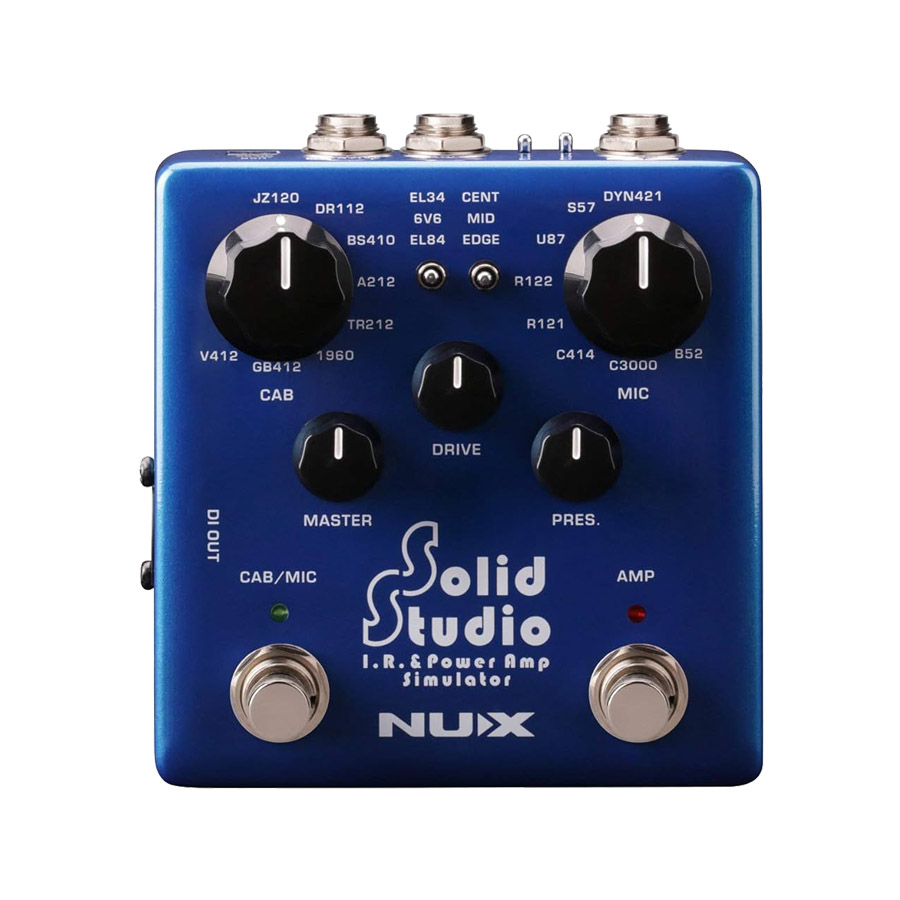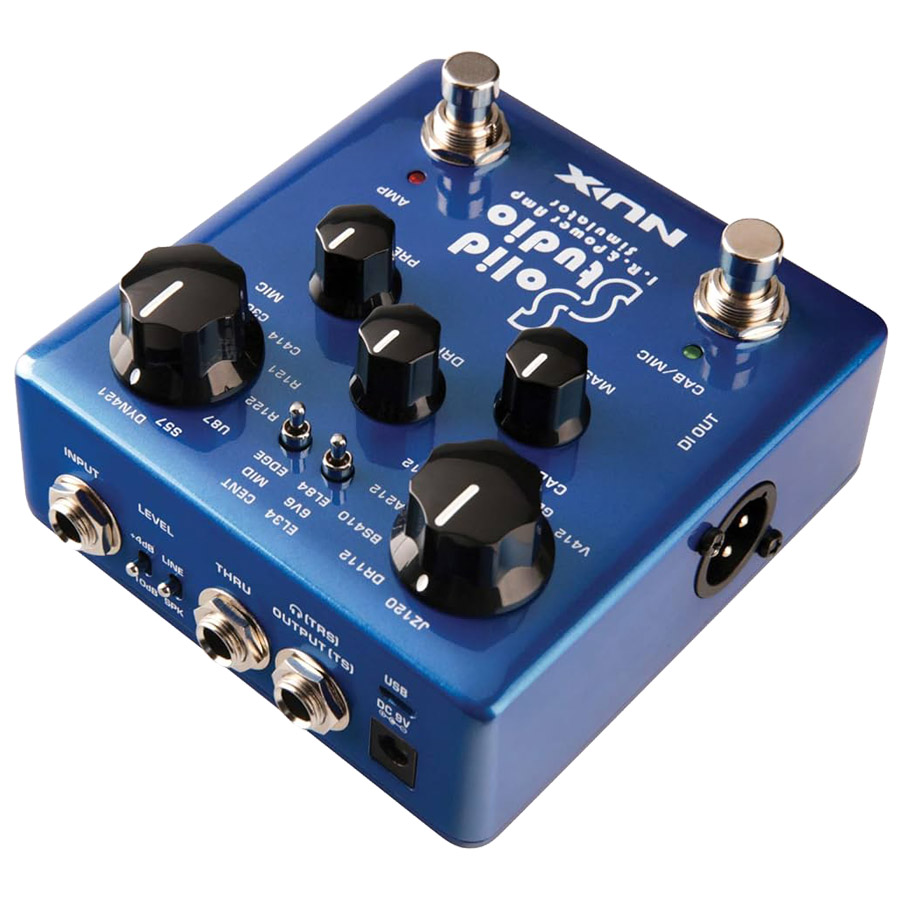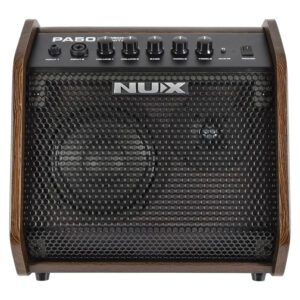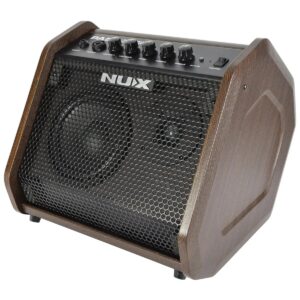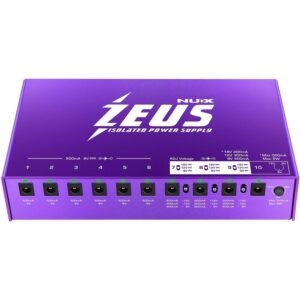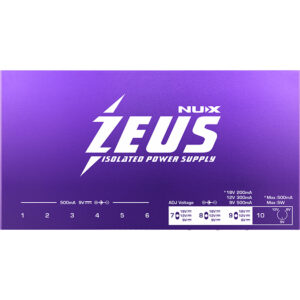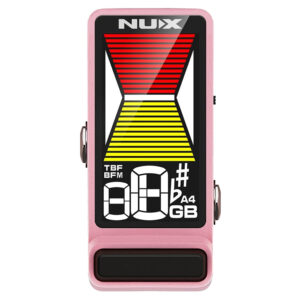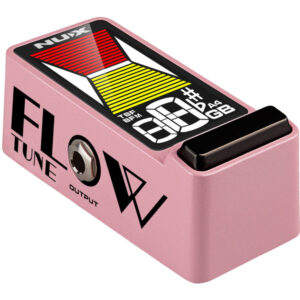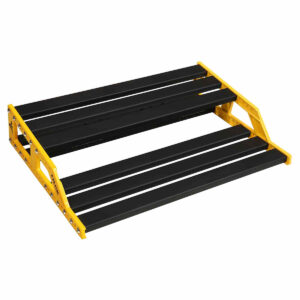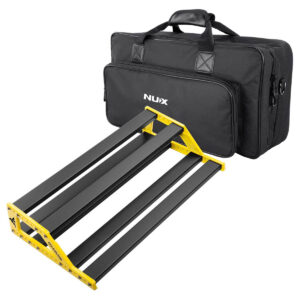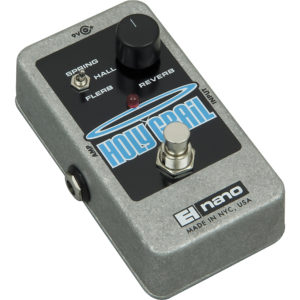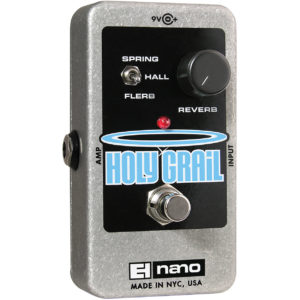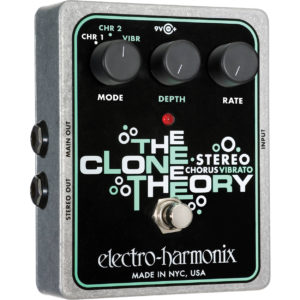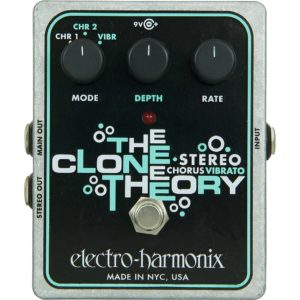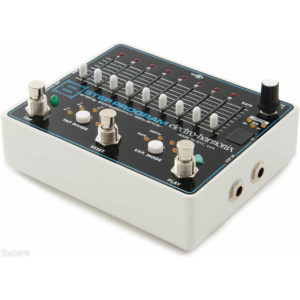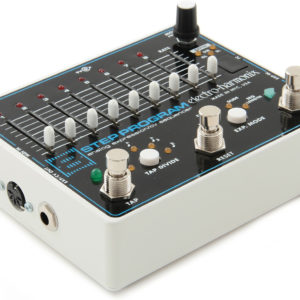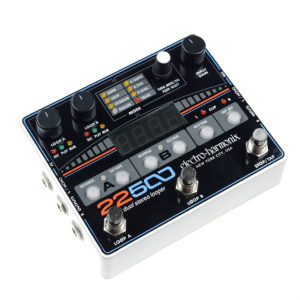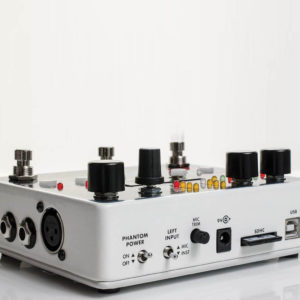NUX Solid Studio Simulator
NUX Solid Studio IR & Power Amp simulator, a pedal version of the most classic amp/cabinet scenarios including microphones and power amp tubes. Over many years of research, Solid Studio was specifically developed to fill the essential needs of discerning musicians and sound technicians, including the art of mic-ing instrument amplifiers on stage or in the studio. Solid Studio provides ease-of-use, reliability, versatility, and, above all, incredible audio quality.
Technically, the Most Realistic IR Loader: Solid Studio
The Solid Studio’s IR resolution is 2048 samples and 46ms, which is higher than the common quality standard that most of IR loaders are using today: 1024 samples and 20ms capturing length. Some well-known profiler devices offer 2048 samples / 40ms length.
The highest resolution quality limit of the IR is 50ms, it is the REAL sound.Considering all the process on the signal from your guitar to your ear, Solid Studio delivers the signal faster than the blink of an eye with the greatest result. Thanks to Solid Studio’s high-quality processor and perfect algorithm, the signal latency from input to output is less than 1ms.
What makes the Solid Studio standout? It offers 46ms length which means it can perfectly read all the frequencies. Comparing the length, 20ms is already enough to capture a sound profile with an efficient result but it’s not enough to catch the lower frequencies. That’s why devices with high-quality usually provide 40ms length – it means higher resolution and better quality.
Many of the IR loaders’ signal latency is around 2ms, and each additional digital pedal in the signal chain also increases the latency. For example, the fastest multi-effect pedal needs 2ms to deliver the sound, if you use an IR loader together with this multi-effect pedal, the total latency will be 4ms and a guitar player can ~barely~ feel that. If it’s more than 5ms it’s obviously slow and it’s not able to play.
IR Capture
You can capture any speaker’s profile easily with Solid Studio. Create your own IR file and save it.
First, make all the connections (you can see the picture below):
– Adjust the microphone position and connect to the Mic Preamp
– Mic Preamp Output to Solid Studio Input
– Solid Studio Output to Power Amp in / Return
Connection Options
– You can place the Solid Studio at the end of your pedal board, and you can send the simulated sound to the mixer while you can send your original signal to the amp. It’s an alternate option for amp / cabinet mic-ing on stage.
– Solid Studio is good for sitting between your pedals and audio interface for silent direct recording. Let the Solid Studio handle the speaker cabinet and microphone part.
– By placing the Solid Studio between the amp and the cabinet, while still using your real cabinet for stage monitoring, you can split a DI signal with cabinet simulation to the mixer from Solid studio. The Solid Studio DOES NOT provide NO LOAD to the amplifier, therefore, a real cabinet or a loadbox MUST be connected to the THRU jack of the Solid Studio, or there is risk of damaging the amplifier.

